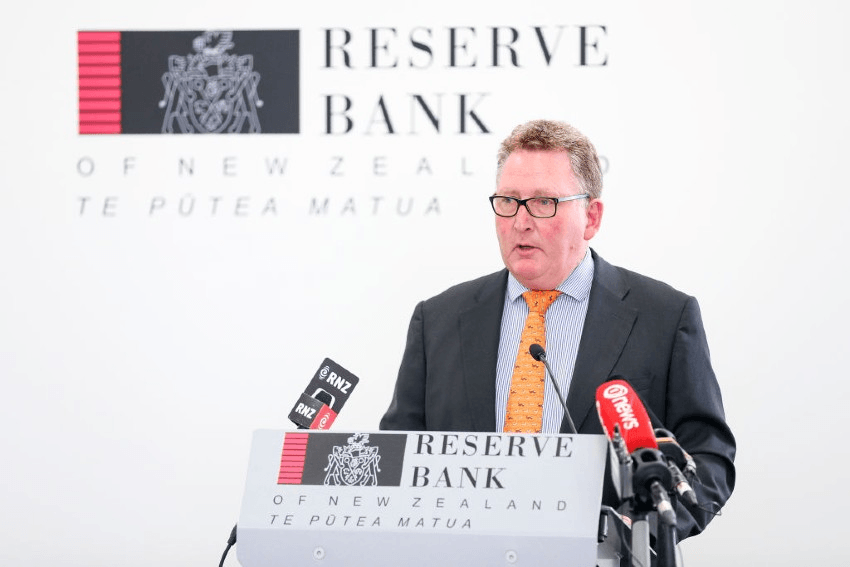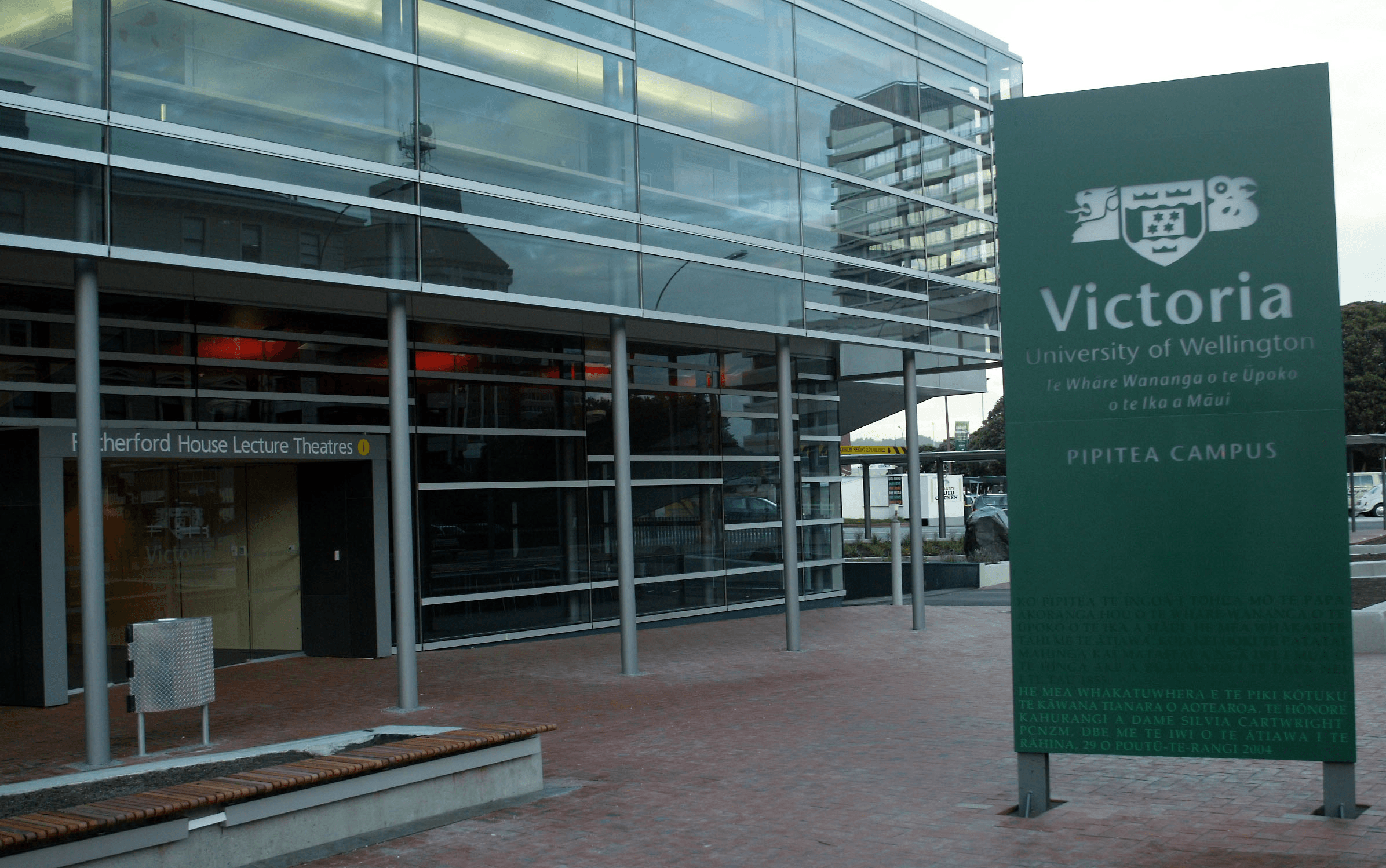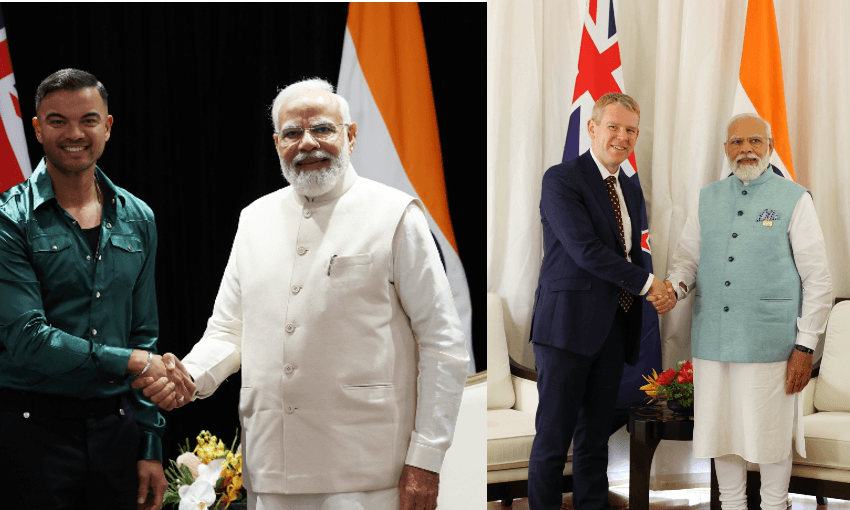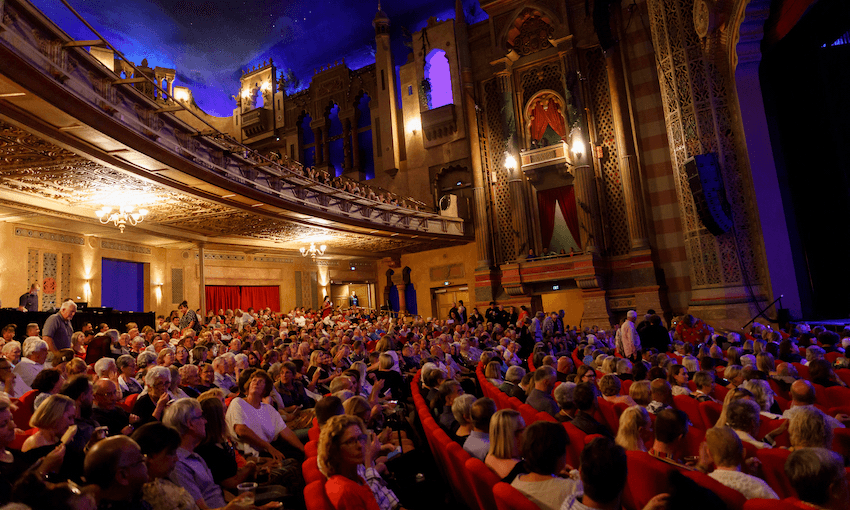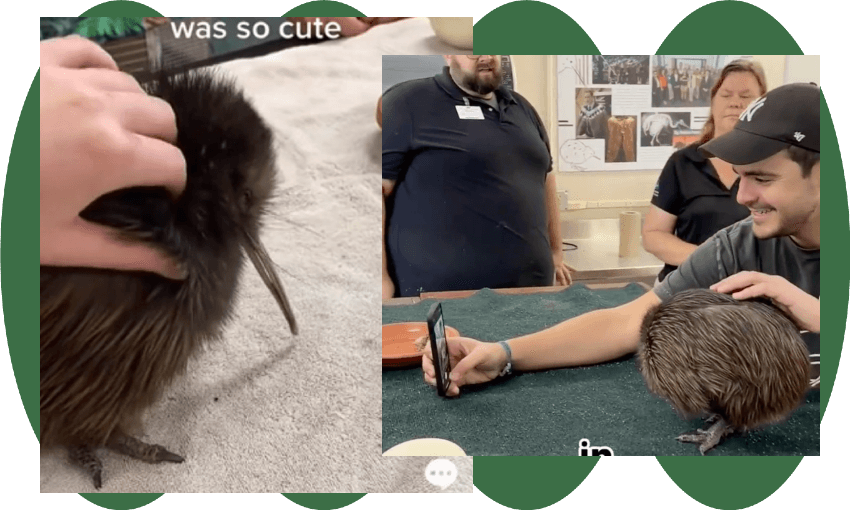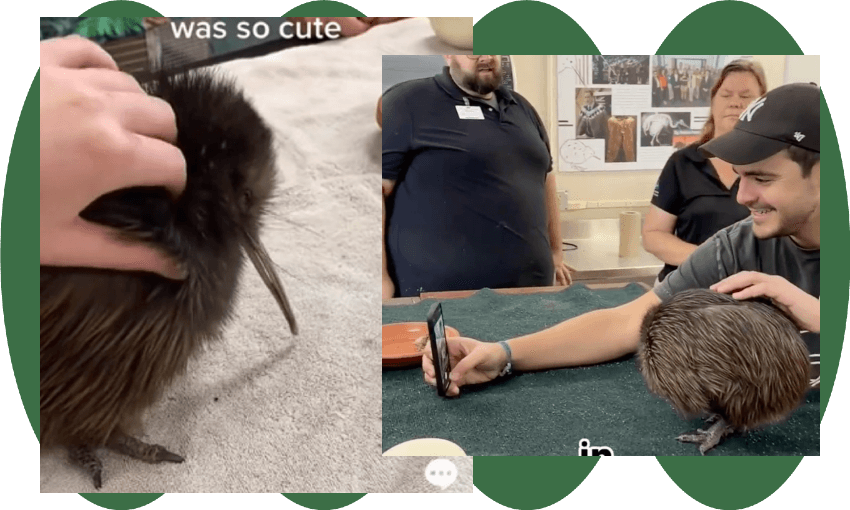The official cash rate has risen by 25 basis points to 5.5%.
In a statement, the Monetary Policy Committee said it agreed that the level of interest rates were constraining spending and inflation pressure. The Committee cited weak global economic growth and the easing of inflationary pressures.
It anticipates OCR cuts from the third quarter of 2024, saying the OCR will need to remain at a restrictive level for the foreseeable future, to ensure that consumer price inflation returns to the 1% to 3% annual target range, while supporting maximum sustainable employment.
In New Zealand, the committee said inflation is expected to continue to decline from its peak and with it, measures of inflation expectations. However, core inflation pressures will remain until capacity constraints ease further. While employment is above its maximum sustainable level, there are now signs of labour shortages easing and vacancies declining.
Consumer spending growth has eased and residential construction activity has declined, while house prices have returned to more sustainable levels. More generally it said, businesses are reporting slower demand for their goods and services. Businesses report that a lack of demand, rather than labour shortages, is now the main constraint on activity.
It also said broader government spending is anticipated to decline in inflation-adjusted terms and in proportion to GDP and the repair and rebuild after recent severe weather events will support economic activity. The timing of this predominantly government investment will be spread over several years.
The committee said it was confident that with interest rates remaining at a restrictive level for some time, consumer price inflation will return to within its target range.
The committee did discuss holding the OCR at 5.25% but took a vote and by a majority of five votes to two, agreed to raise it.
Reserve Bank governor Adrian Orr will hold a press conference at 3pm.
Source: Reserve Bank of New Zealand
